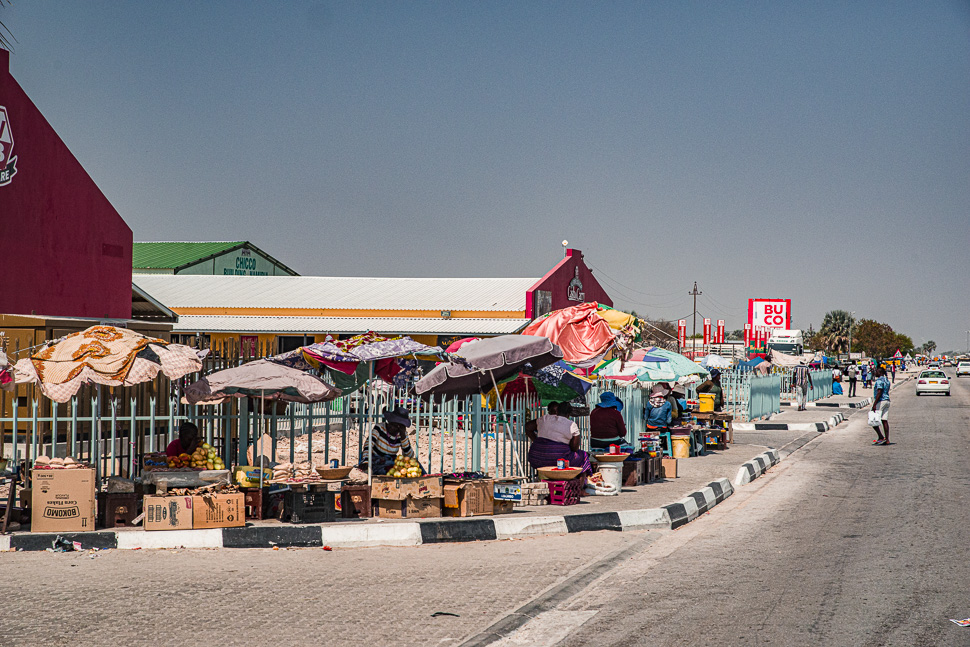
From Ruacana we drove now to the East, stopping at Outapi to admire a giant baobab, and going past Oshakati and Ondangwa, where we did some shopping, before we arrived at the Ongula Village Homestead, a lodge and campsite next to a village of a tribe of the Ovambos, the largest ethnic group in Namibia.
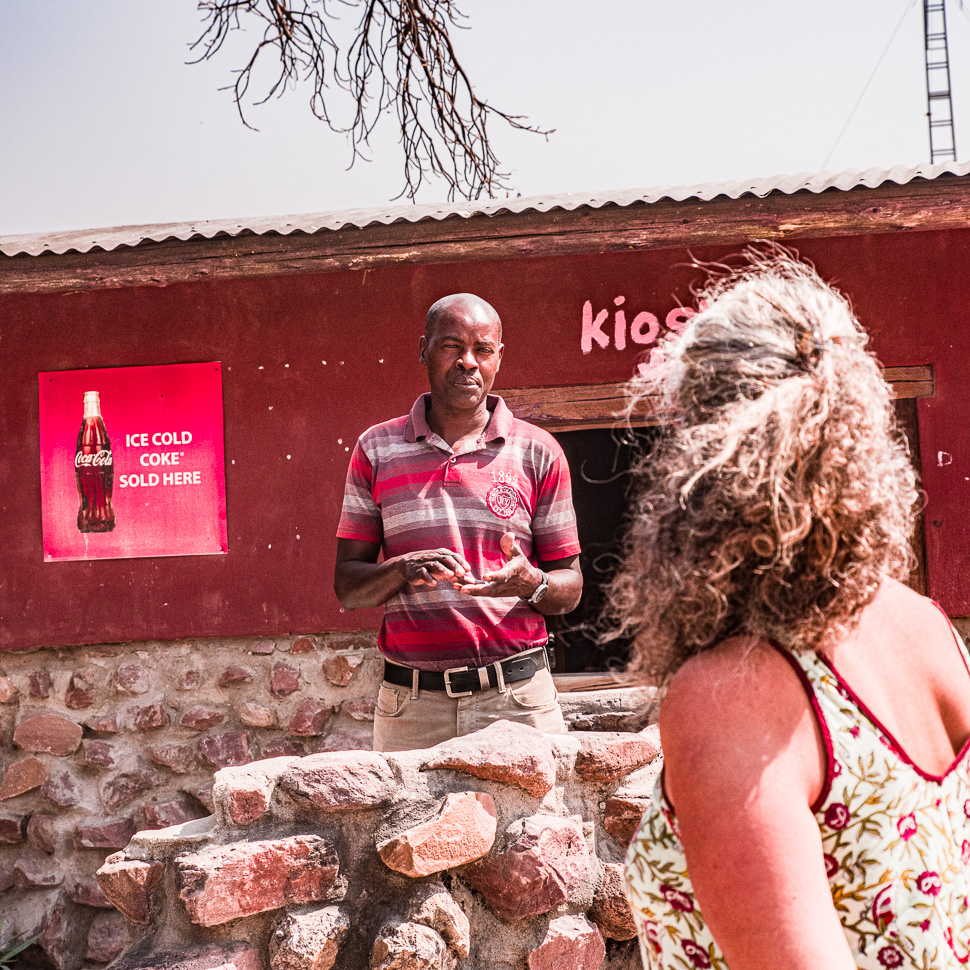
We learned that the Ombalantu baobab tree in Outapi is 28 metres tall, 26.5 metres in circumference, and estimated to be 800 years old. At the moment the baobabs are without their leaves, but in October they will get green again.
The tree trunk is hollow and has an opening like a door. The inside has served as a chapel, post office, house, and a hiding site during various stages of Namibian history. Today there is a campsite around, which looked very nice. A good place to explore Outapi with its open market and local restaurants next to it. But we continued on good tar roads to the main city of Ovamboland.
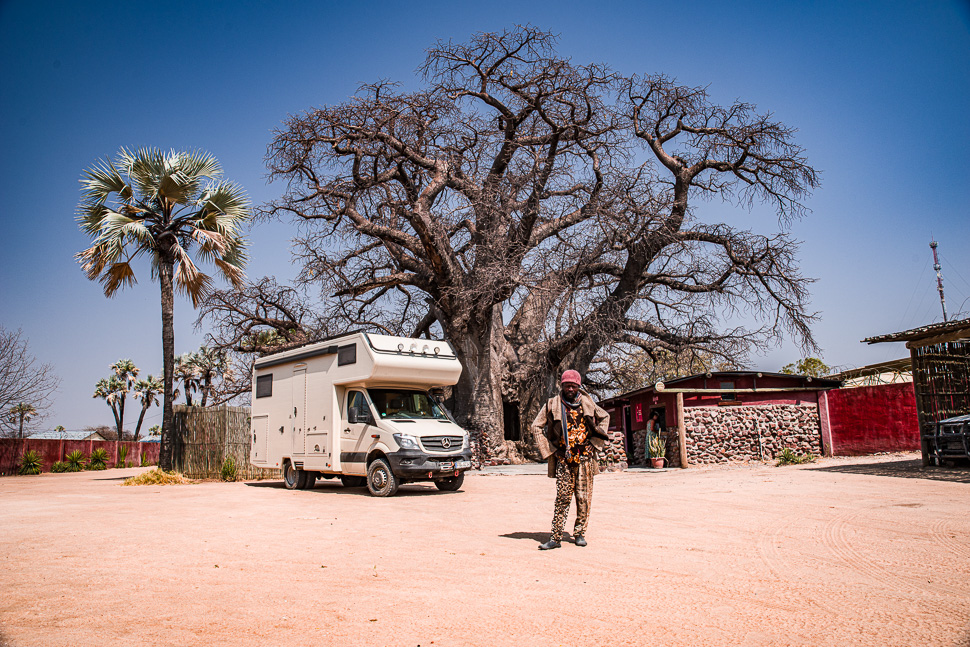
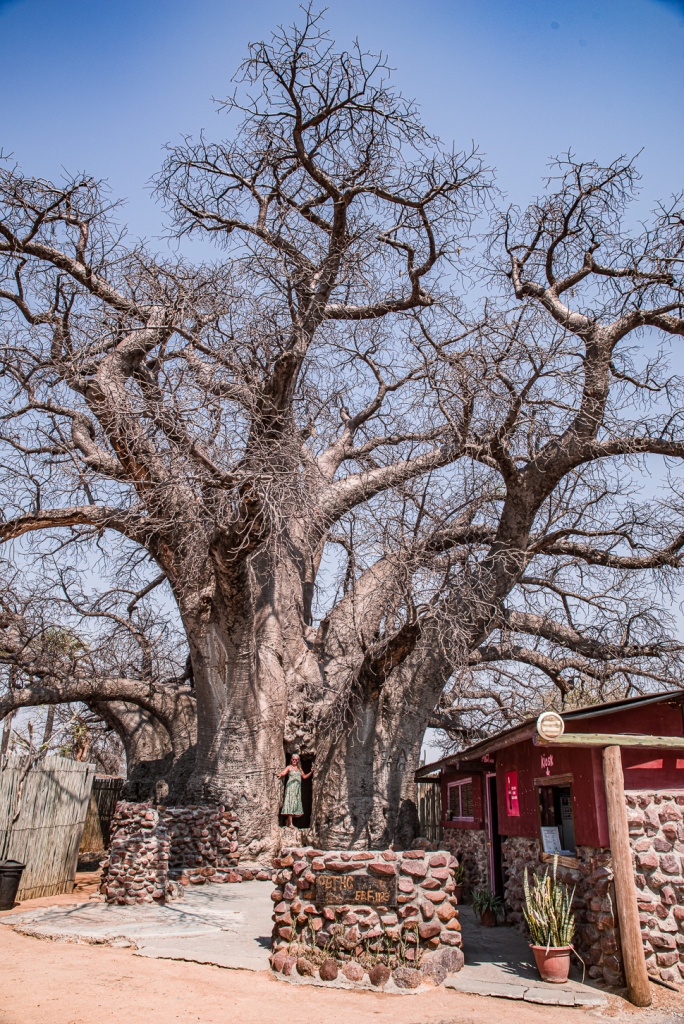
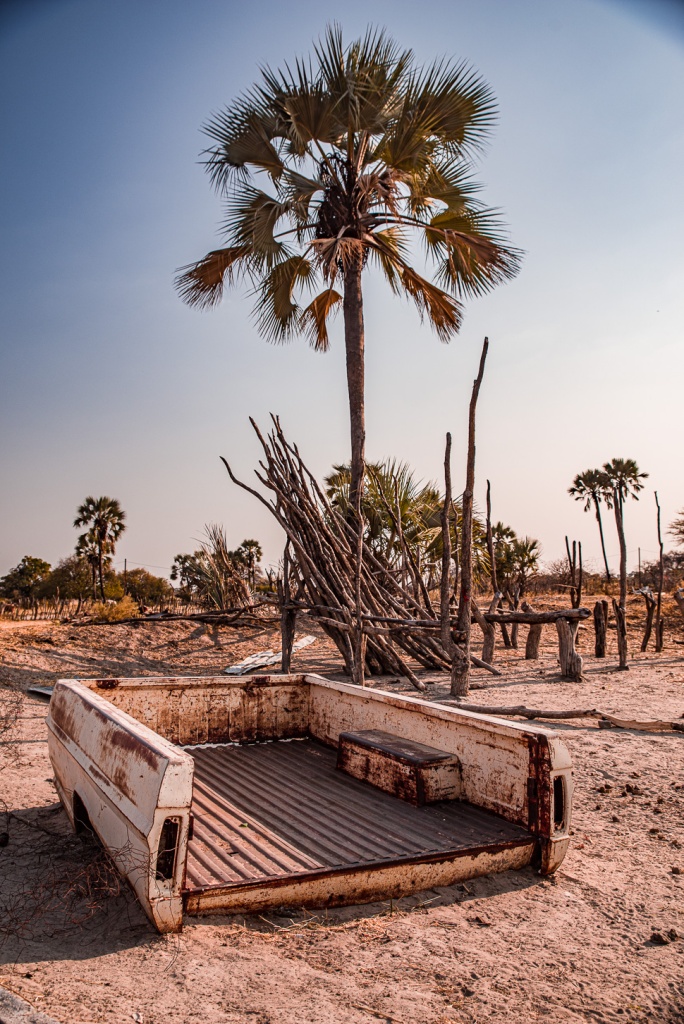
We reached the Ongula Homestead, which has a very nice lodge with restaurant and a simple campsite. Really worth coming here was the tour through the village, where we got an insight in the life of the Ovambos, very different to the Himbas we had visited just days ago.
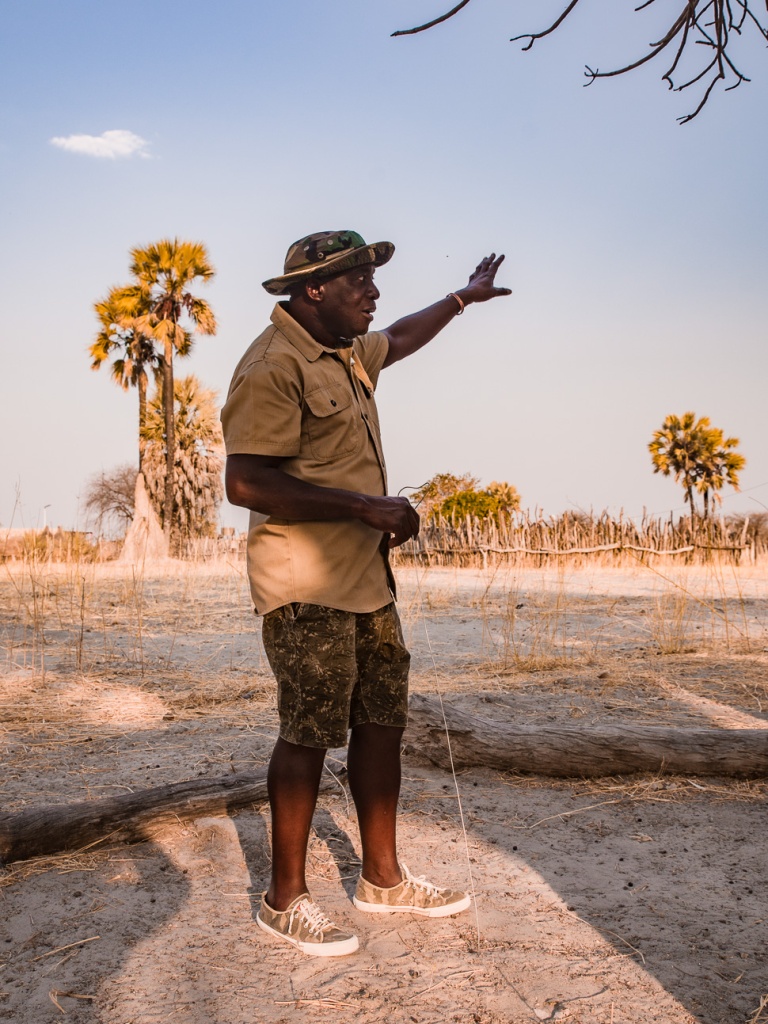
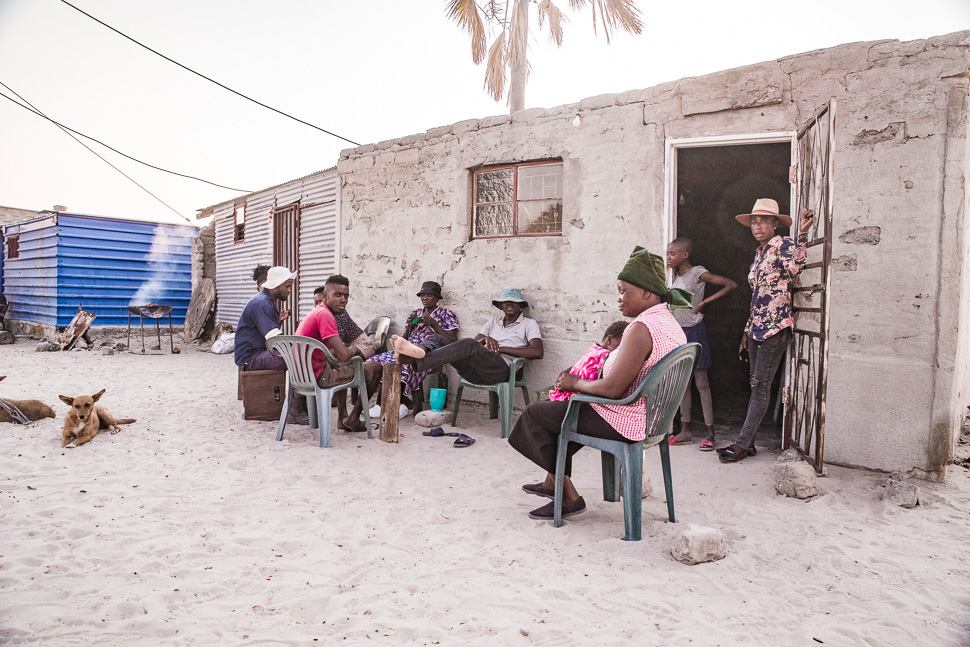
About 4,000 people belong to the Ongula Homestead, living in little groups of extended families. For the area, there is a kind of shopping mall, where people run restaurants, bars and shops of many kinds.
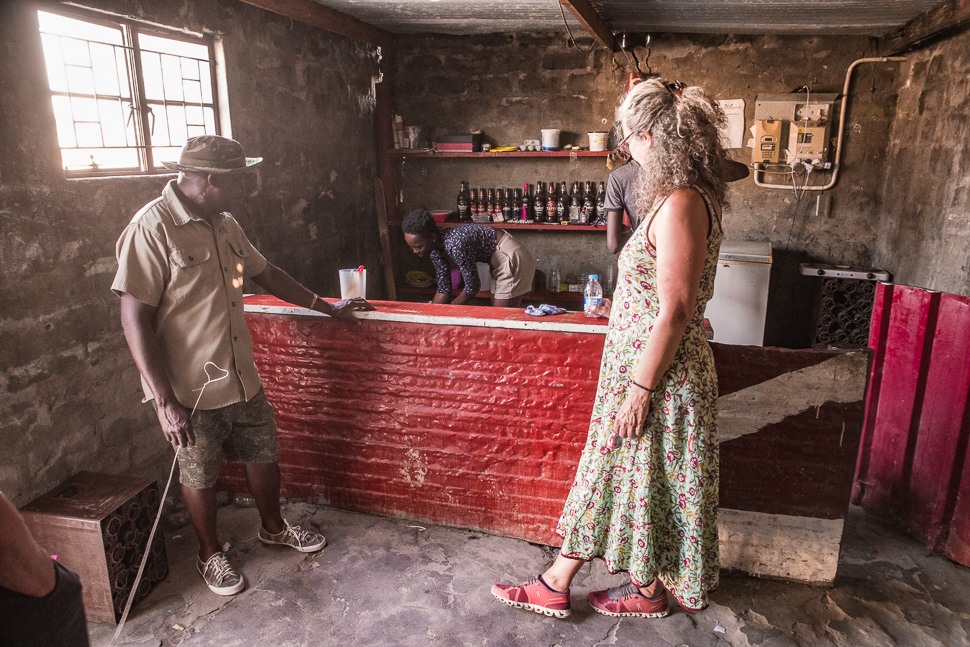
Oshikundu is a traditional Namibian drink made from fermented mahangu flour, a type of millet, mixed with lukewarm water. It has a short life span and it has to be consumed within the same day. It reminded us of must from grapes, but not really.
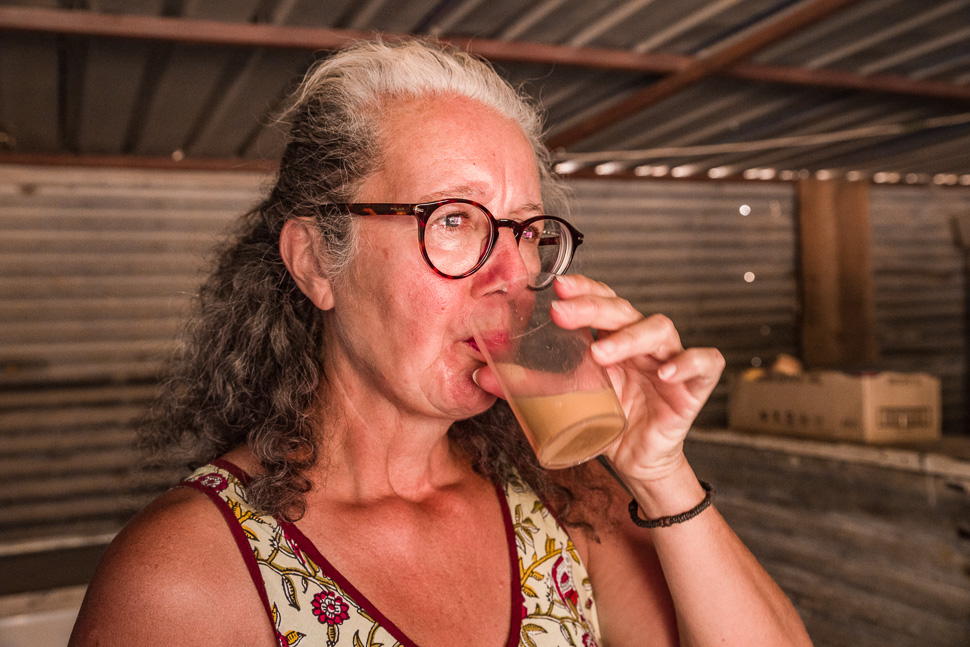
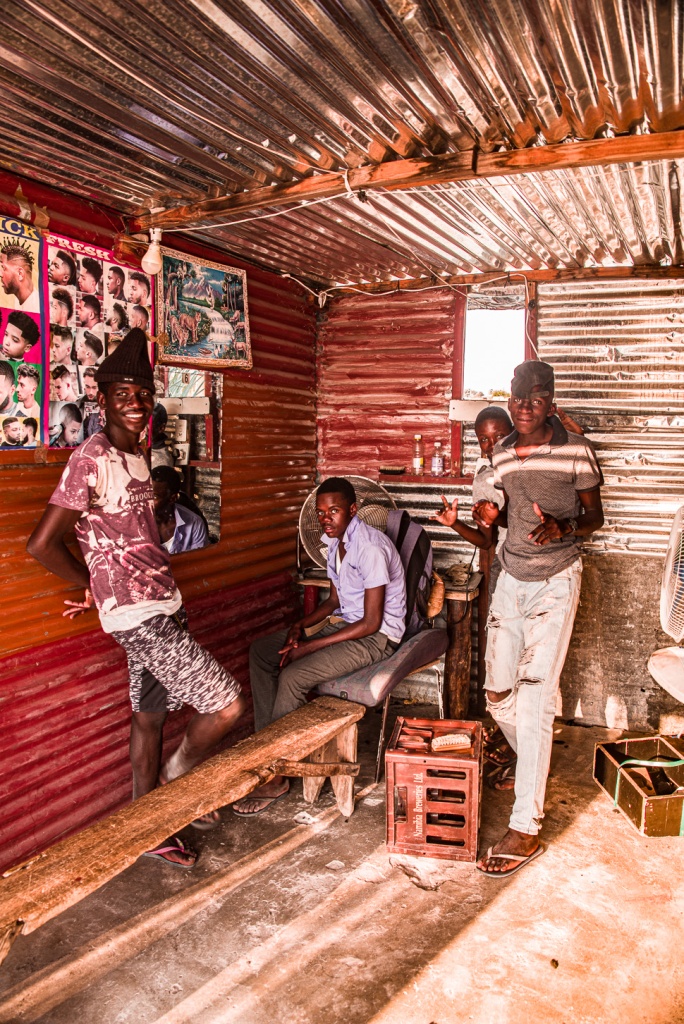
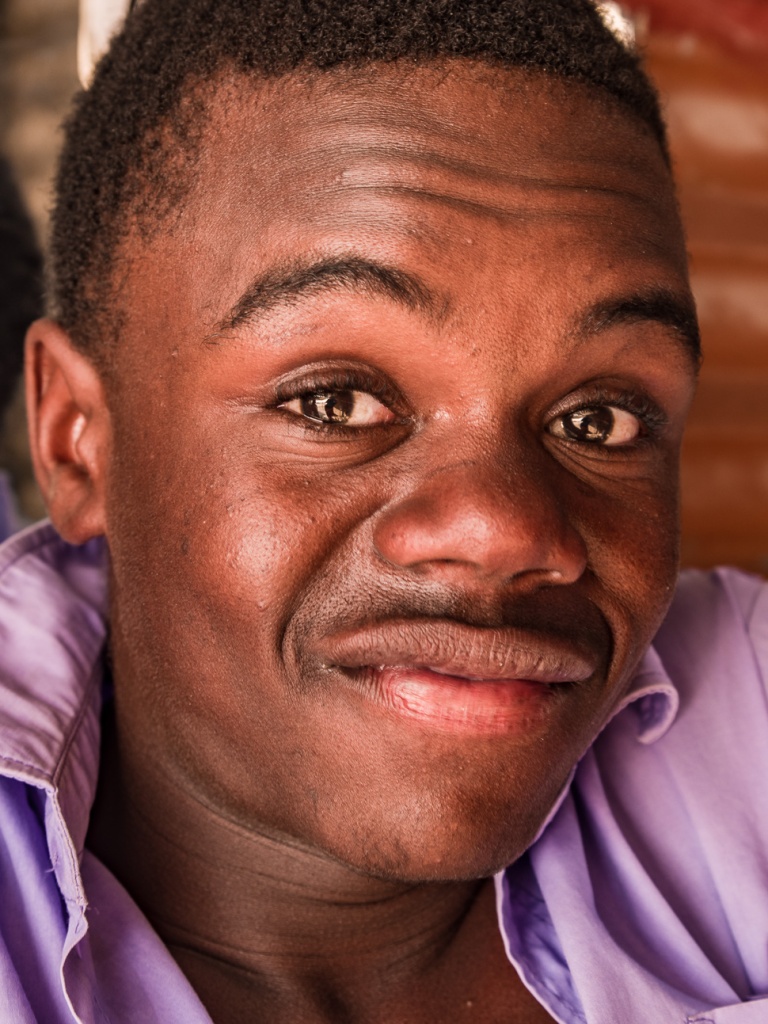
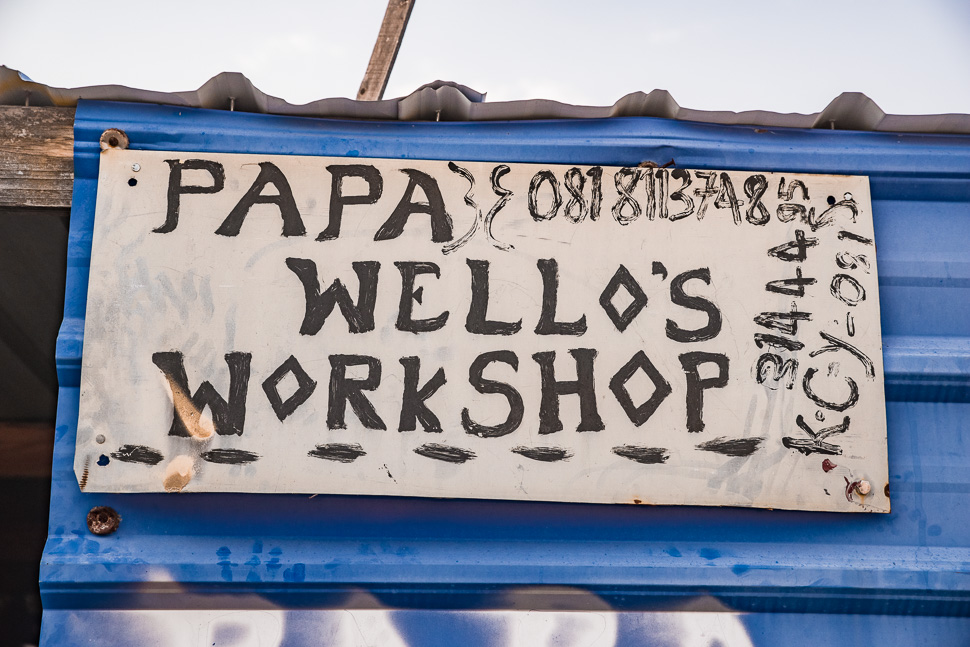
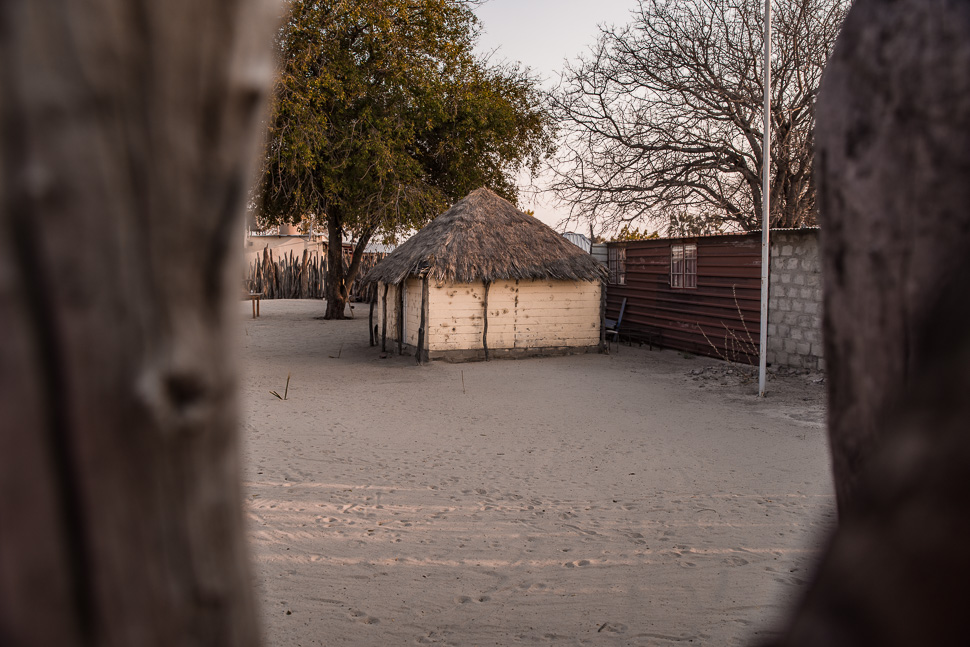
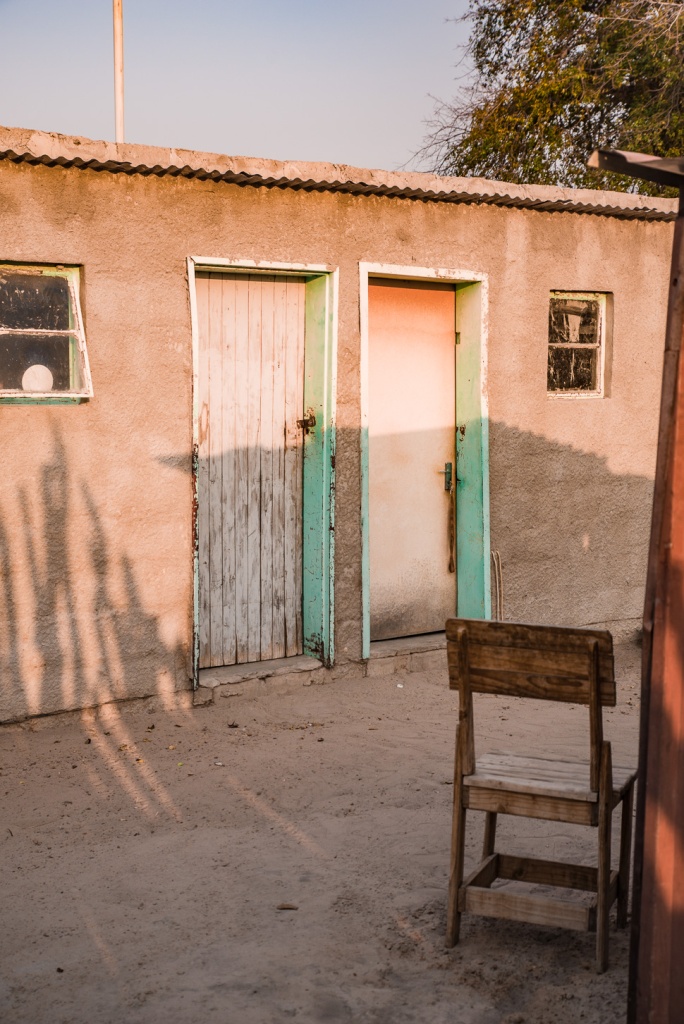
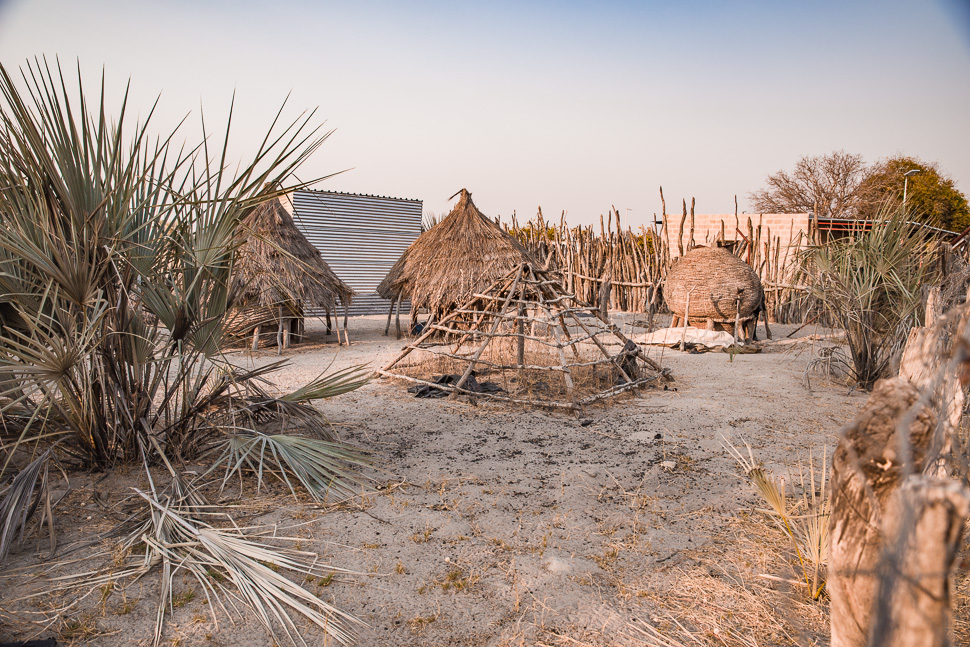
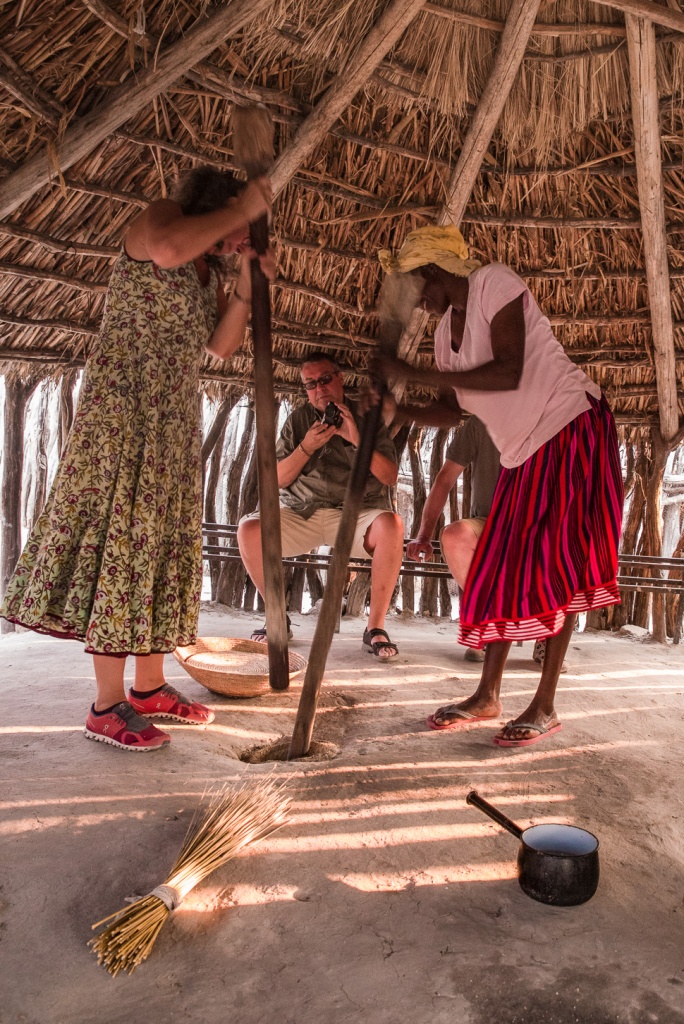
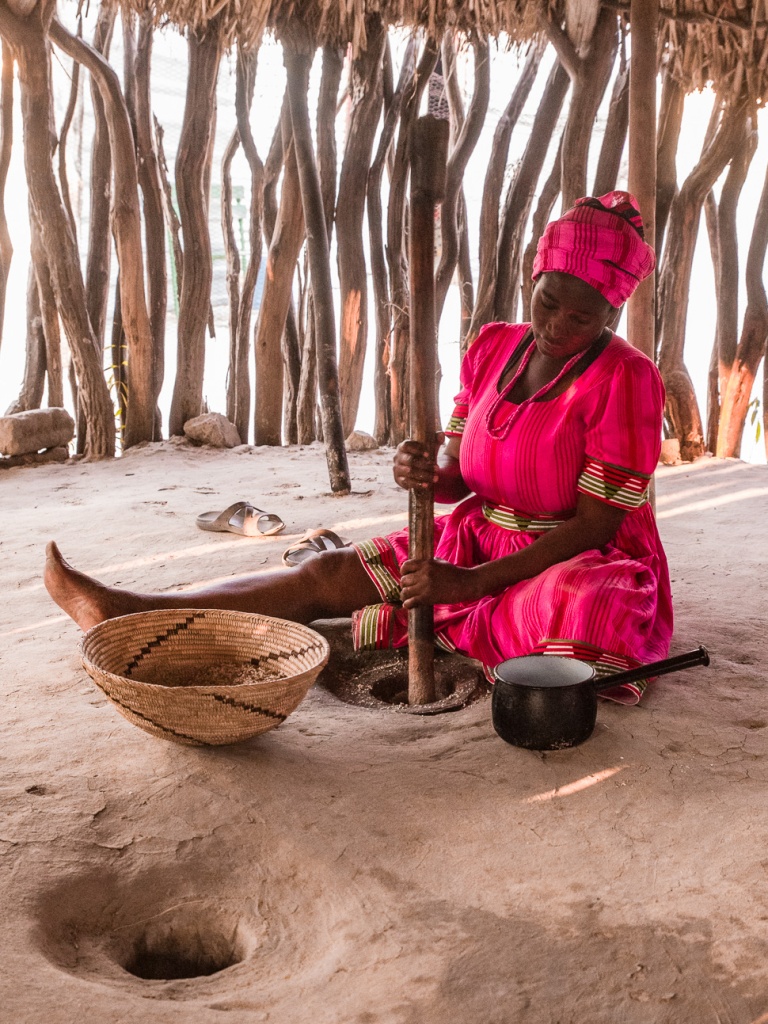
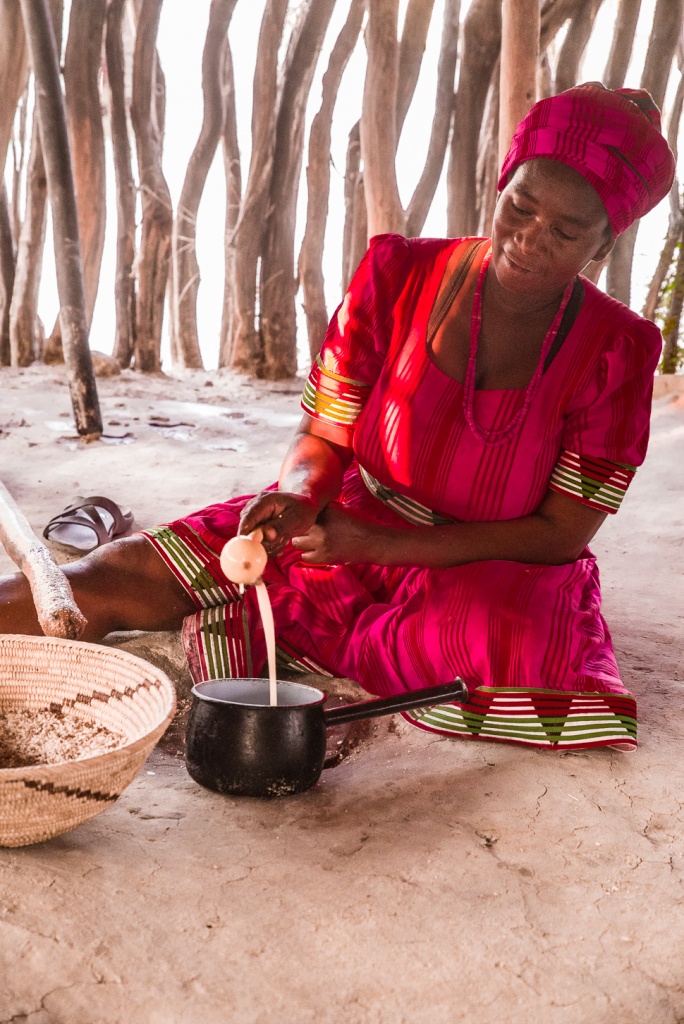
The traditional dresses of the Ovambo women with a lot of pink, purple and green were really lovely, Cordy would have loved to have such a beautiful dress. Of course the women are responsible for all the labour intensive work in the family.
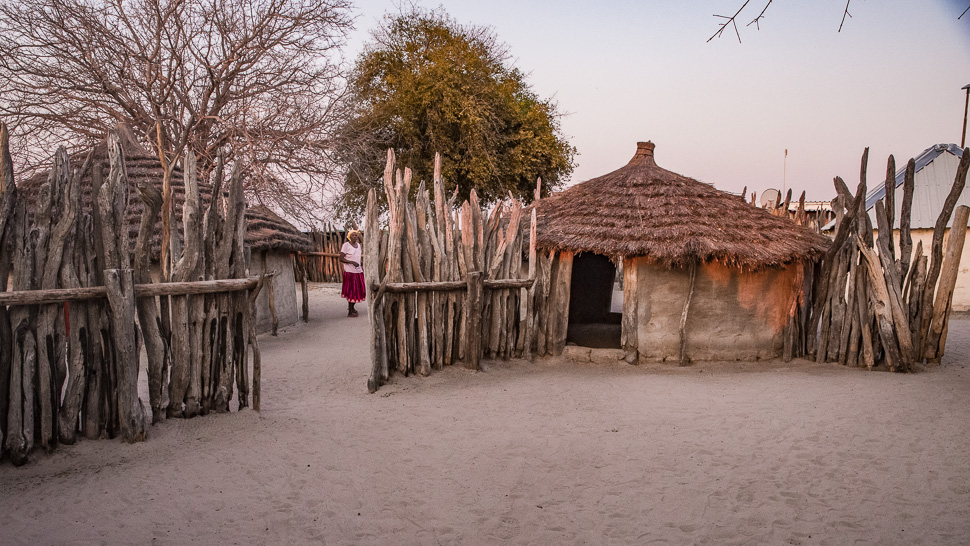
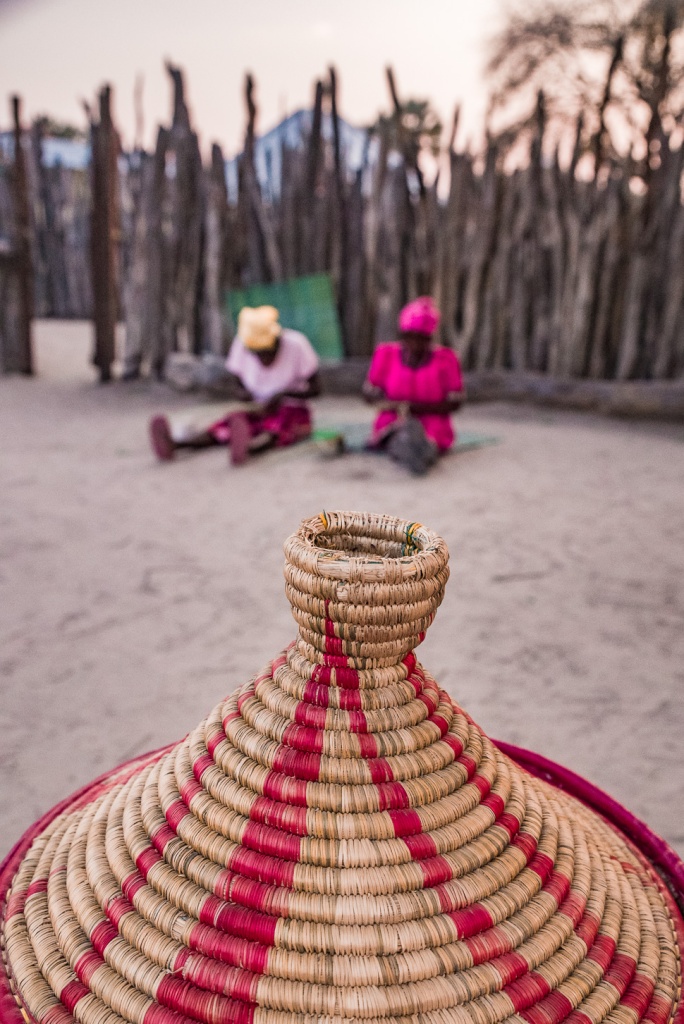
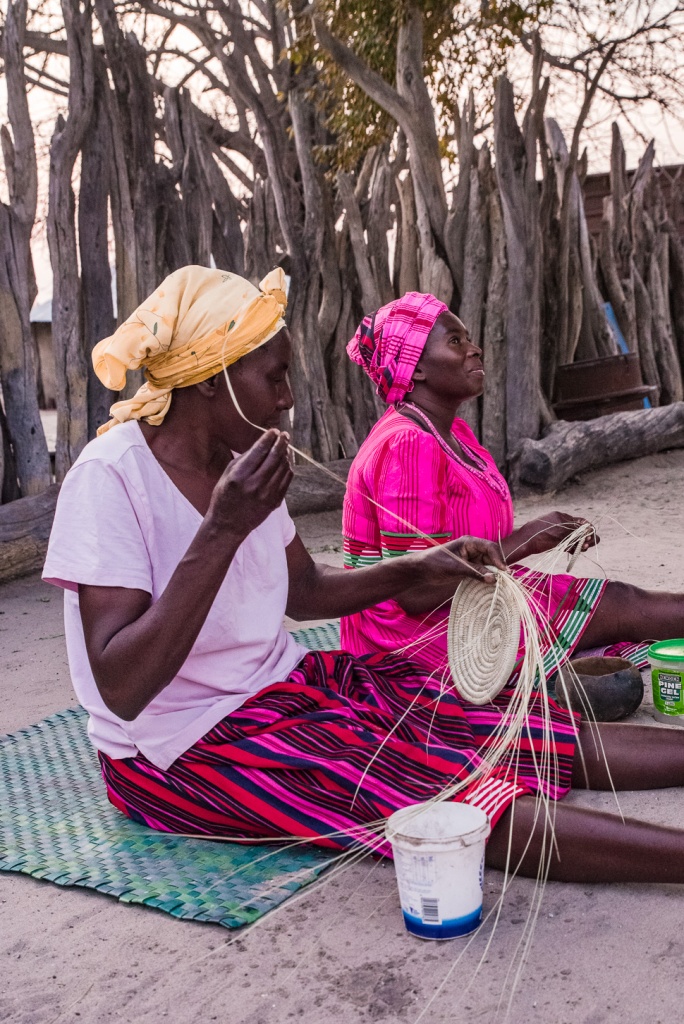
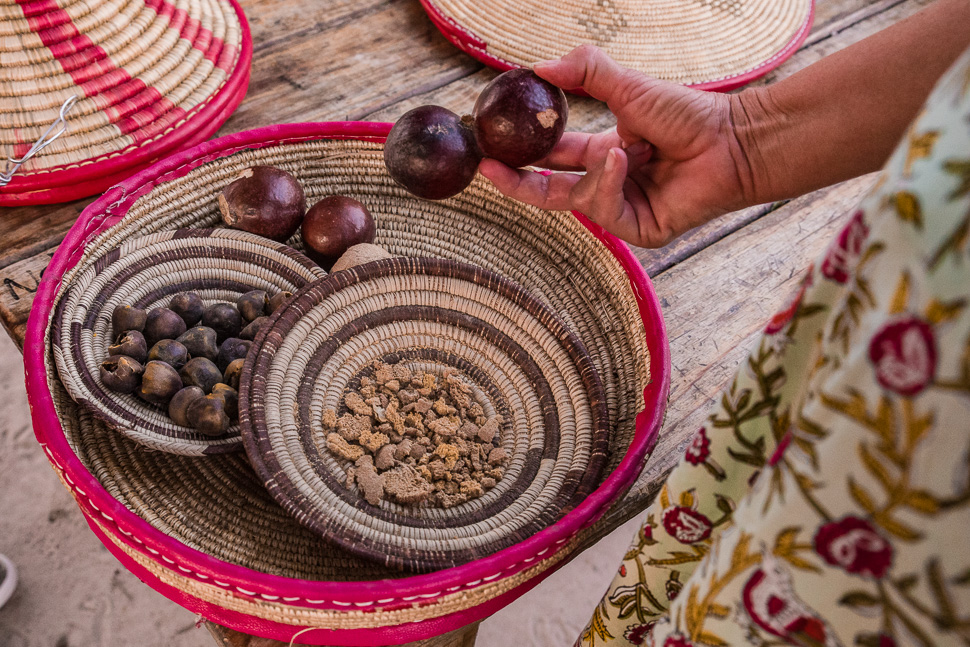
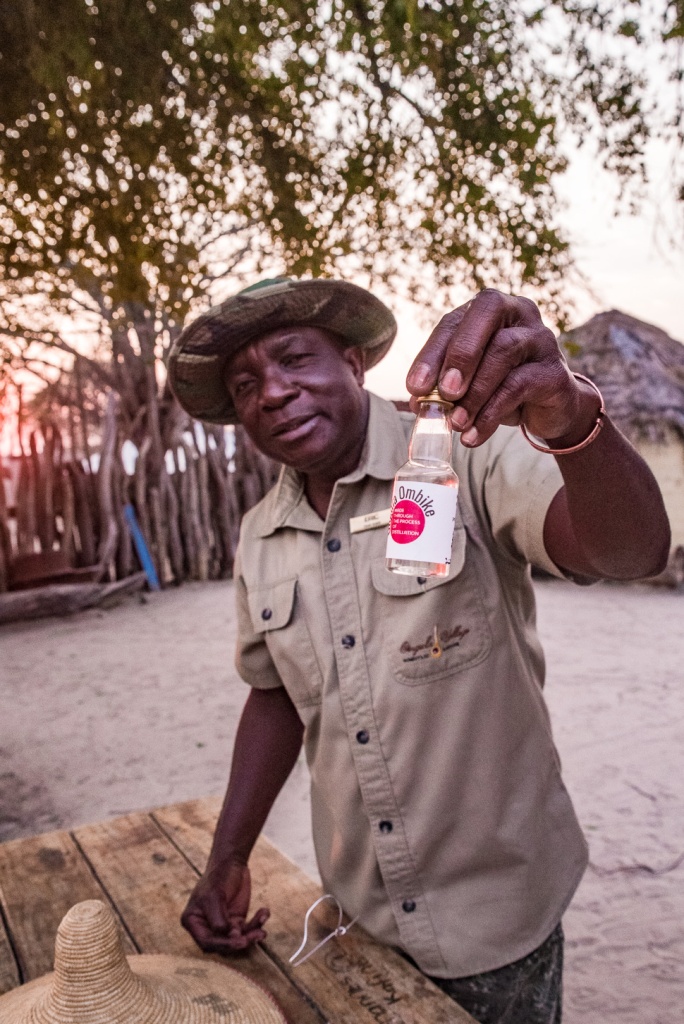
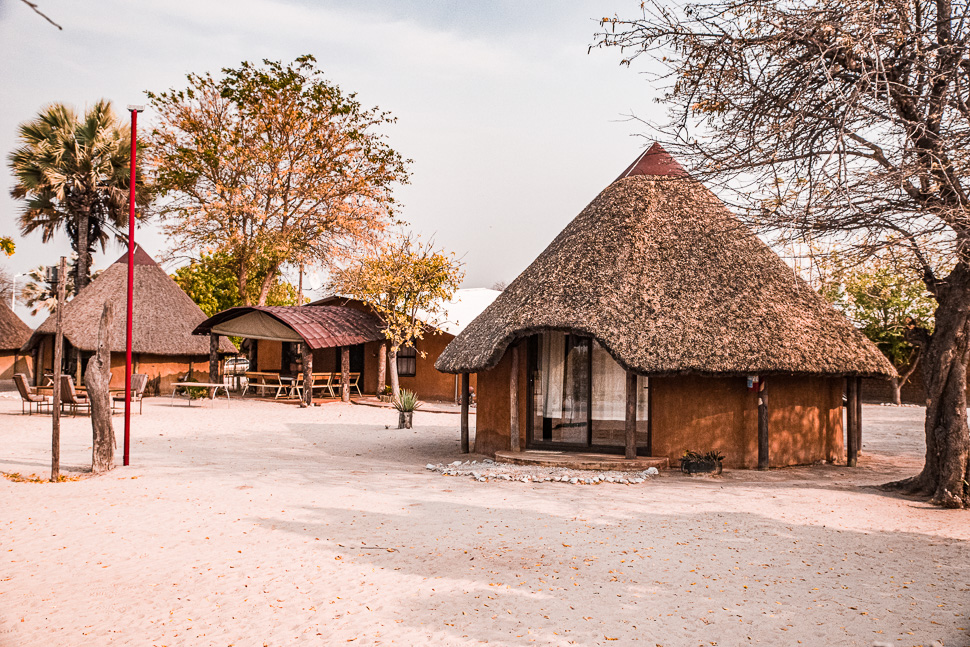
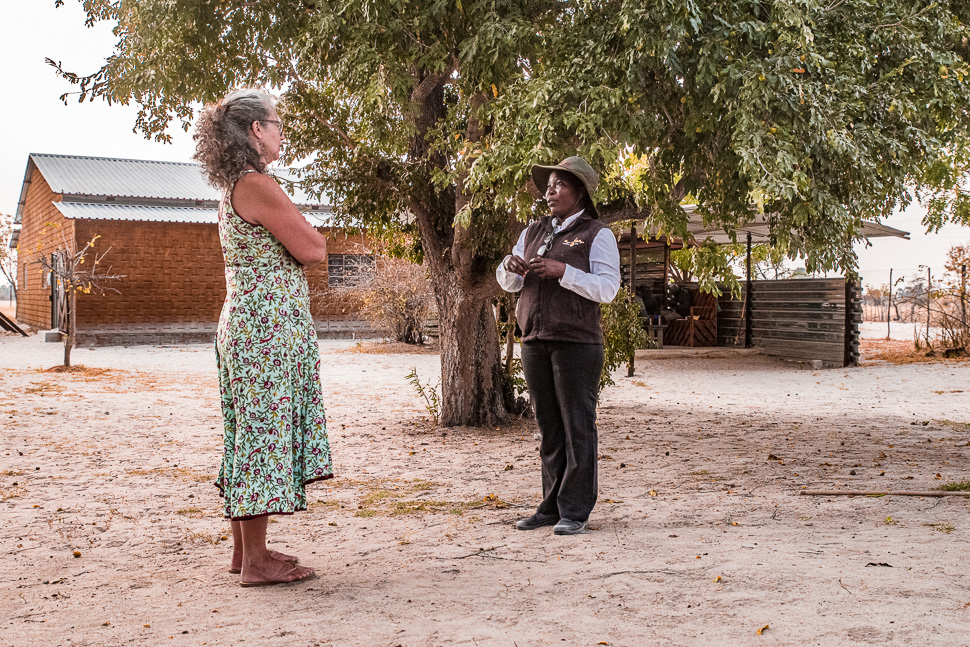
The next morning we visited the academy, run by the homestead, where young people learn about hospitality, agriculture, making clothes, computers and more.
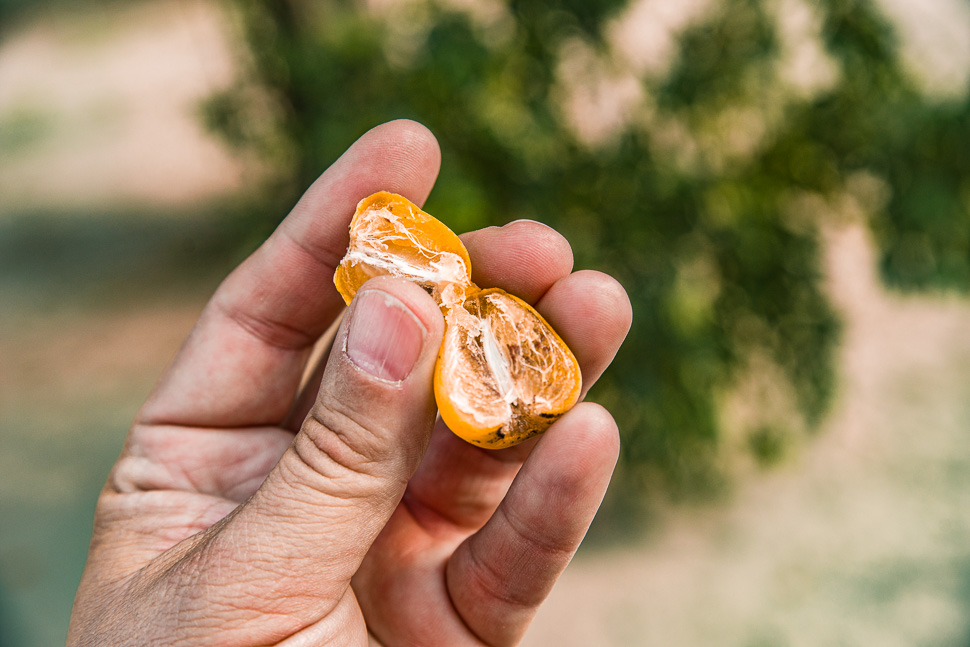
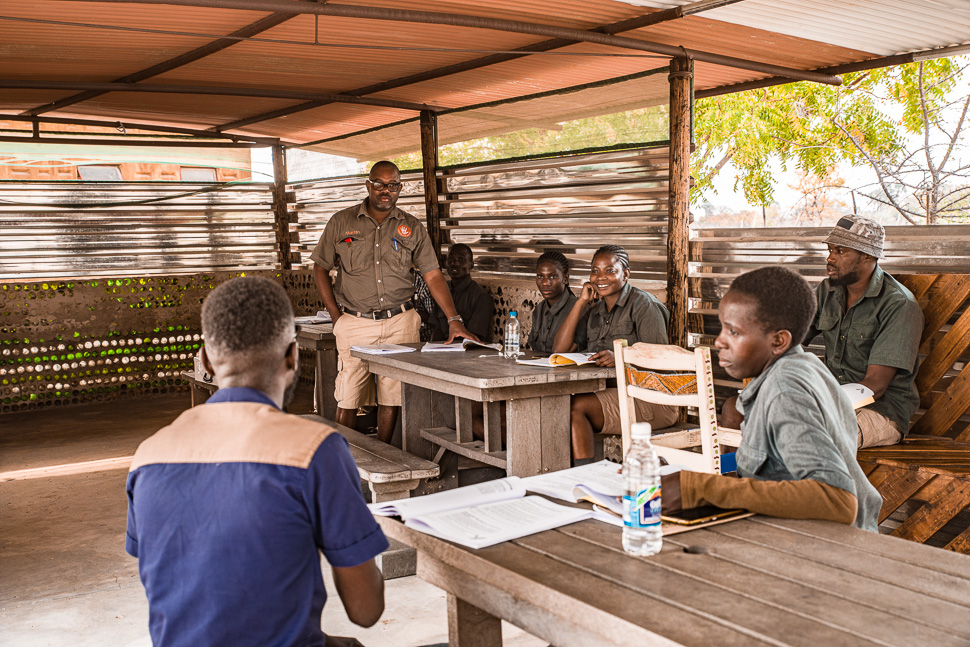
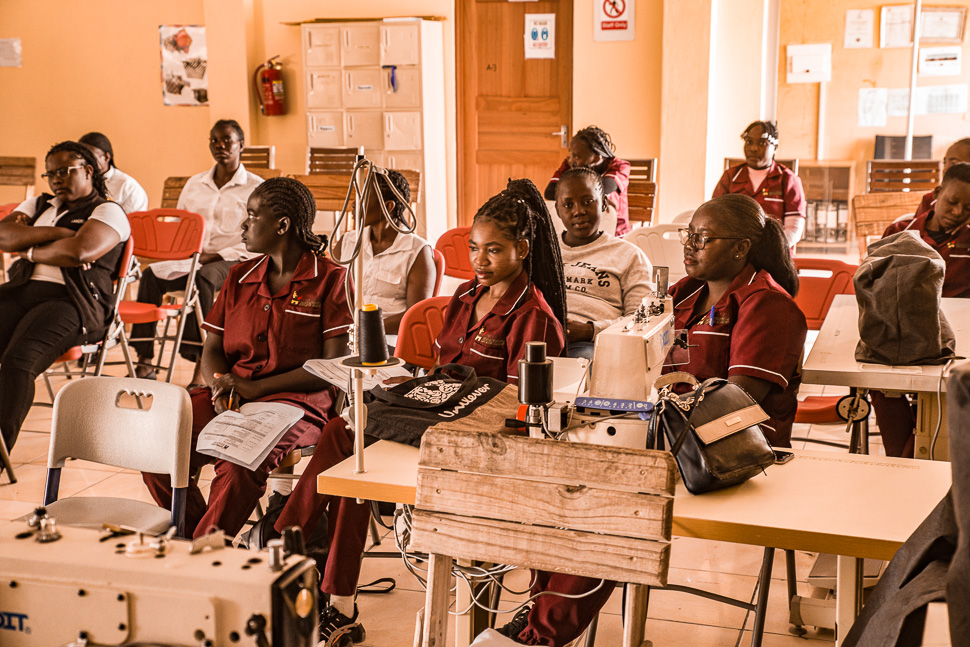
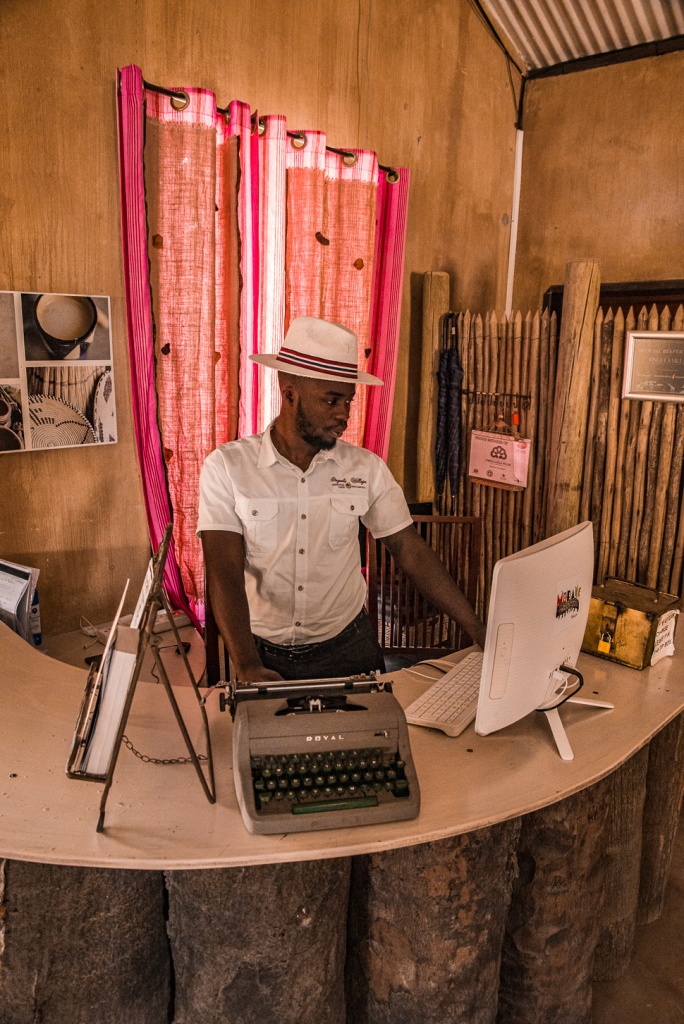
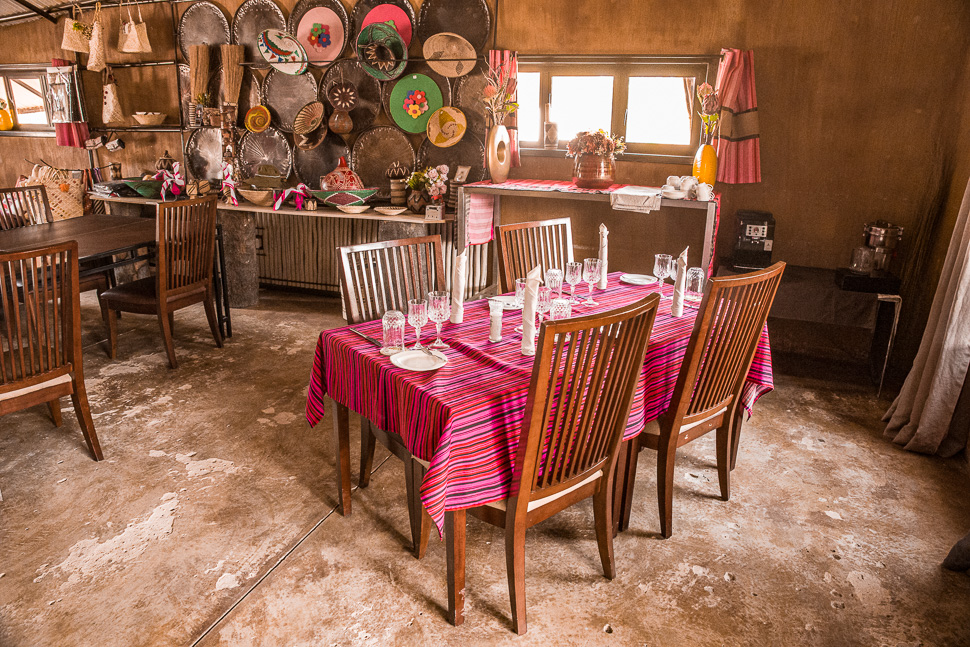
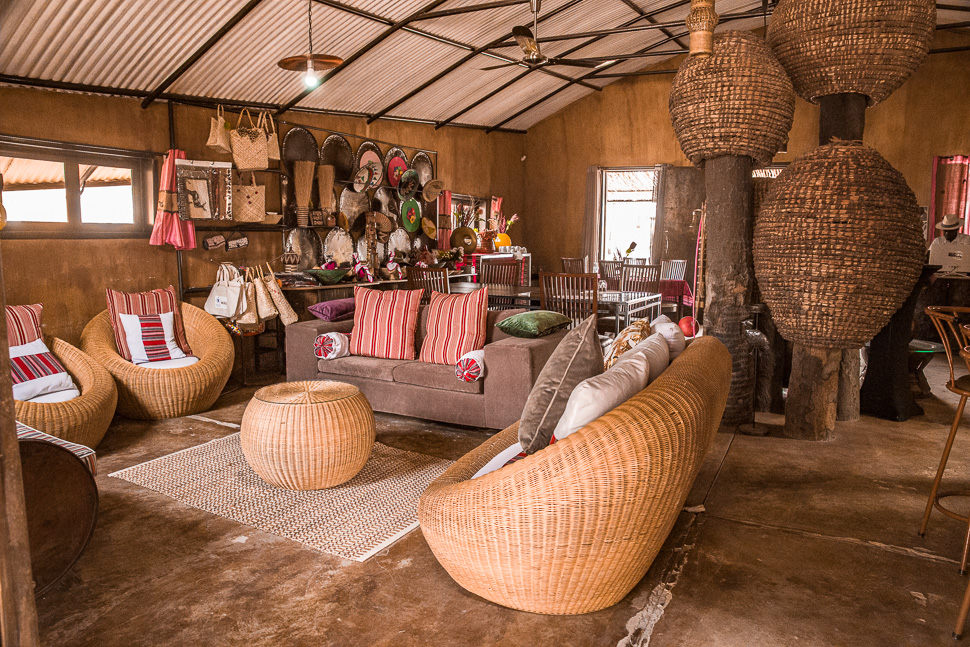
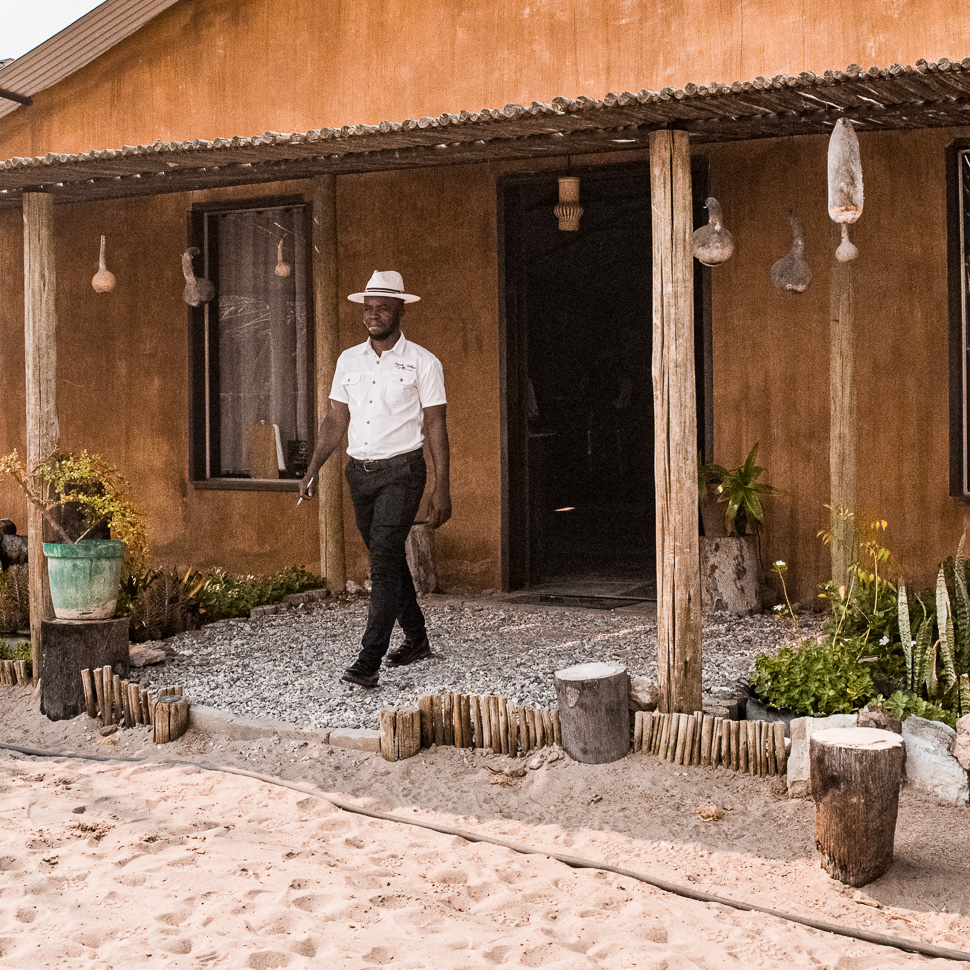
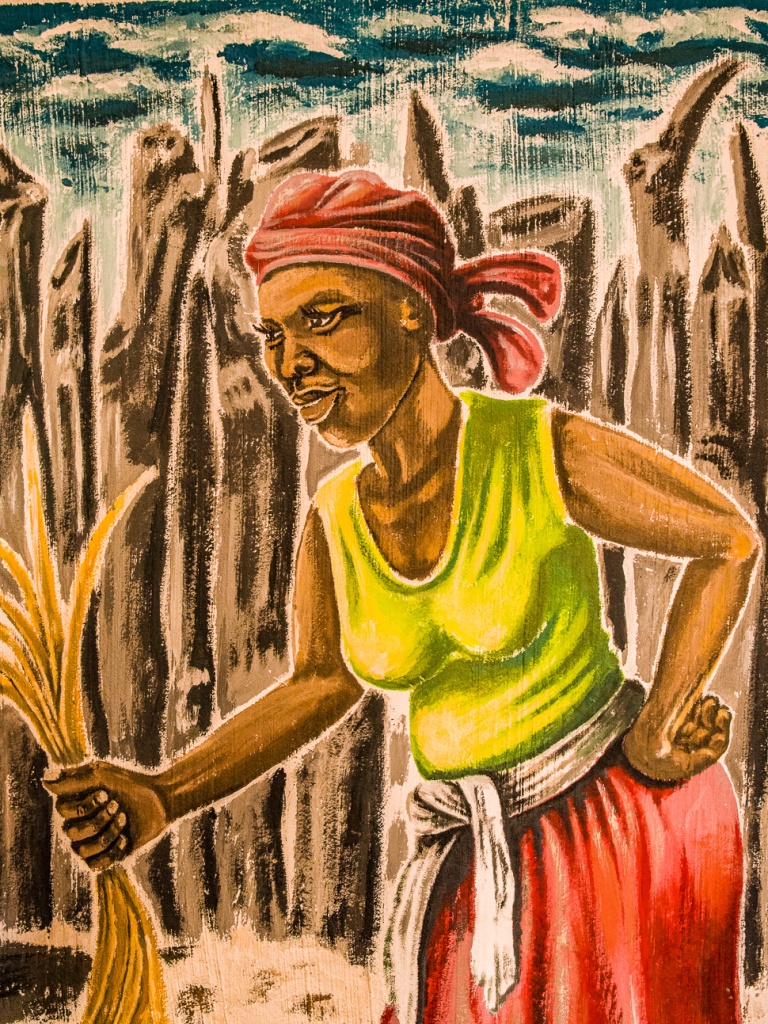
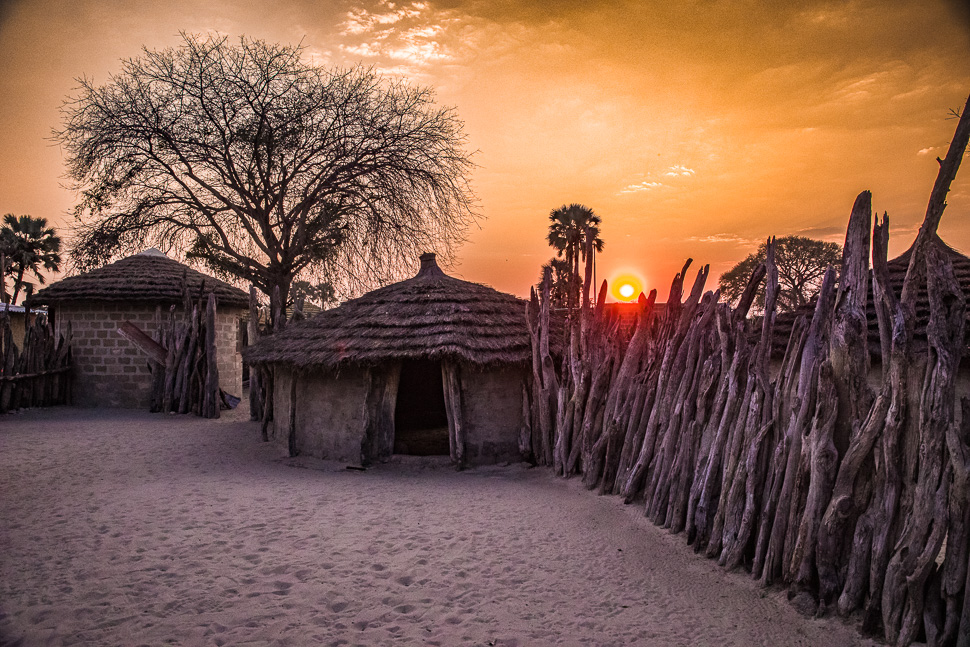
We were happy, that we had found this place, as we had learned a lot about the life of the people here. Tomorrow we will continue in the direction of the Caprivi strip – a long way along the border to Angola. More on our next post!
